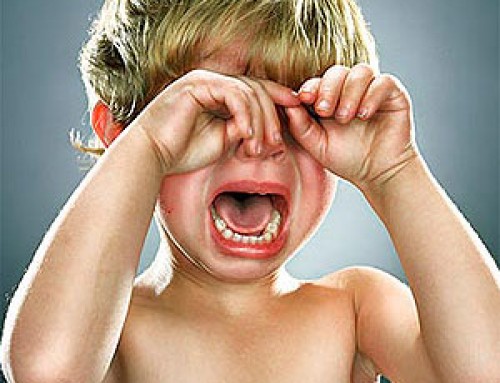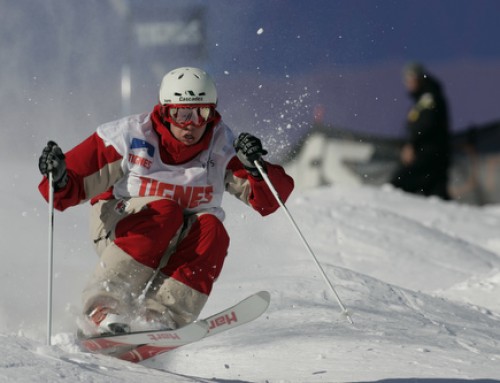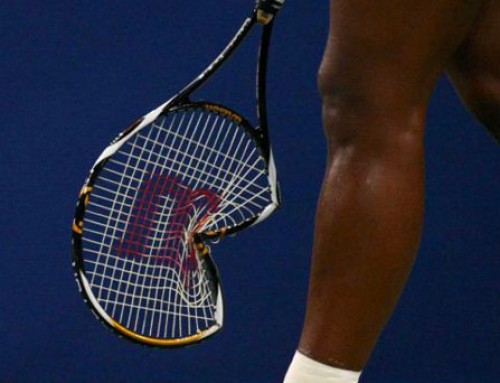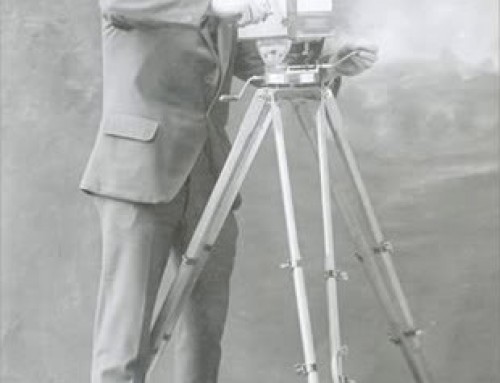 By nature I typically approach my teaching very technically, I enjoy analyzing technique and building a solid stroke for my students one correction at a time. That’s all well and good, but there comes a time where technique will only get you so far. Yes of course without good technique hitting effective shots is much more difficult, if not impossible depending on exactly what shot we’re talking about. However, the ways in which you specifically use your technique during points can be far more important than how you actually swing at the ball in terms of actually winning or losing a tennis match. At the club level we see this play out all the time as the scrappy player with terrible technique beats a much “better” opponent than himself.
By nature I typically approach my teaching very technically, I enjoy analyzing technique and building a solid stroke for my students one correction at a time. That’s all well and good, but there comes a time where technique will only get you so far. Yes of course without good technique hitting effective shots is much more difficult, if not impossible depending on exactly what shot we’re talking about. However, the ways in which you specifically use your technique during points can be far more important than how you actually swing at the ball in terms of actually winning or losing a tennis match. At the club level we see this play out all the time as the scrappy player with terrible technique beats a much “better” opponent than himself.
Before I get into how best to build a strategy and play smart tennis I’m going to give an example of how this looks when done poorly. This instance happened during a lesson I taught recently, and is a great example of a tennis player just not paying attention to whats going on across the net from them.
Not Paying Attention
I typically see this student 6 or 7 times per month, and his strokes have improved a great deal since we started working together about 6 months ago. Currently he’s playing at around a 3.5 level, maybe a lesser 4.0 on a good day. I’ve recently been taking note of his point play when I see him competing against other members, and decided to give him a little test during our lesson.
After doing our typical warm up and several ground stroke rally drills I told him we would be playing a baseline game up to 10 points. We both started in the middle of the baseline, I fed him a ball right down the middle of the court, and then we played each point out. It’s no secret to anybody that I like my forehand better than my backhand, but today I switched things up to make a point. I made up my mind before the first point was even played that I would take every backhand and hit it very aggressively cross court to my students backhand side. On my forehand side I would open my racket face up, and push a high floating slice right to the middle of the court.
We played out a whole game with me sticking to this strategy, attacking on every backhand to the same place, and not hitting one forehand with any strength or depth what so ever, just pushing it back in play.
I won the game 10-3. Over and over he fed me backhands which I crushed over to his weaker side. Over and over I floated my forehands harmlessly to the center of the court. When it was all said and done I probably had hit about 75% backhands or so, and needless to say we had a long talk after the game was over.
Paying Attention
This player lost a game to me badly simply because he wasn’t paying attention to what was going on. In our talk after the game I asked him why he had lost. His first answer was “I just made too many mistakes!”. Well yes, he did make some technical errors during the game resulting in unforced errors, however that was definitely not the biggest problem here. Not even close. I asked him what his strategy was. “Well I was trying to hit it to your backhand, it’s your weaker side.” Well usually it is, he was correct. However in the past 13 points he had failed to notice a complete reversal in my baseline game, that’s three games worth of points!
So often players are so caught up in their own game and the most important information during a match completely passes them by. What you should be watching for is common sense and may be shrugged off as obvious by many readers, but let me encourage you to make a mental note of these things and actively search for them next time you play competitively. The more serious you take this topic the better of a competitor you’ll become.
Weaknesses
If you’re playing below a 4.5 level, your opponent will most likely have at least one part of his or her game that is significantly weaker than whatever their strength is. Very rarely do club level tennis players have a completely even game in terms of competence in every type of stroke and skill. Your job is to find this area or areas as early as possible, often times this can be done in the warm up before the match even starts. Do they avoid their forehand or backhand during baseline rallies? Do they skip warming up their volleys or overheads? Do they miss a certain shot more than others or seem uncomfortable performing a certain type of stroke? Once you find out what their weakness is, exploit it as early and as often as possible, and keep going to the well until either they lose the match or adapt and adjust.
Strengths
Equally as important as noticing weaknesses is becoming aware of what the strengths in their game are. These are parts of their game that you should try to avoid as much as possible, unless you’re hitting there in order to set up a chance to hit at their weakness more easily. Seems obvious I know, but I can’t even begin to count the amount of approach shots I see hit from the middle of the court to an opponents stronger side which come back as passing shots. Find out what your opponent prefers, and make sure they get to use it as little as possible.
Patterns and Tendencies
The vast majority of players have a certain direction they prefer to hit most of their shots, like a forehand cross court, a backhand volley angled sharply, or an overhead hit inside out. Pay very, very close attention to this so that you can start anticipating your opponents shots as early as possible, and begin reading their intent with each shot. Also many players have certain combinations of shots that they enjoy hitting, like an approach shot down the line and then a volley cross court, or a cross court forehand followed by an inside out forehand etc. Your job is to notice these targets and patterns as quickly as possible so that you can start to cover the court more effectively and get more comfortable on the court.
Put it All Together
Using all of the information gathered in the areas above you can start to put together a strategy to beat your opponent, one that’s actually appropriate and effective! Individually each of these ideas is quite simple in concept, but so few players are truly good at putting them all together to defeat another player. So start paying closer attention on the tennis court to whats happening across the net, you’ll win more matches!







